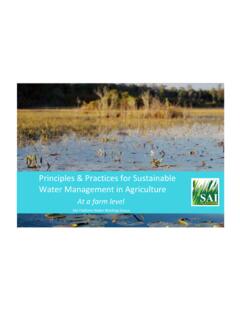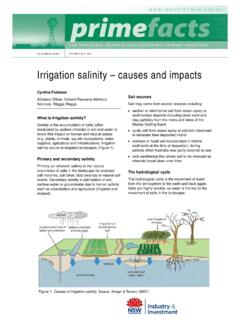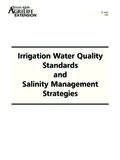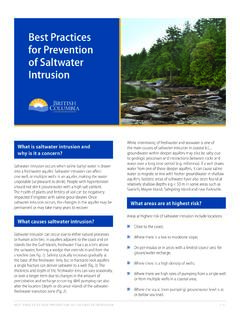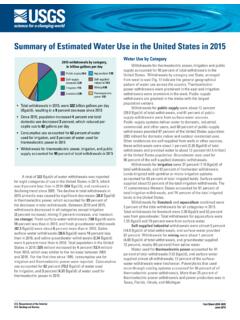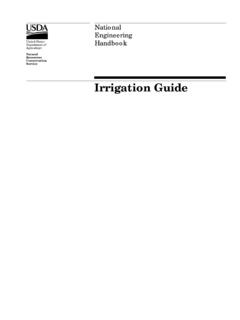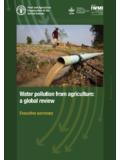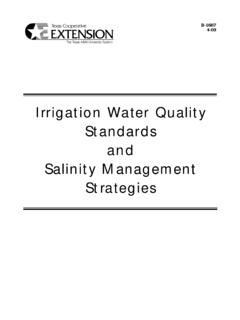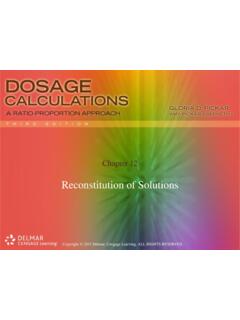Transcription of WATER RESOURCES OF INDIA - Climate Change Centre
1 WATER RESOURCES OF INDIAbyKalipada ChatterjeeClimate Change CentreDevelopment AlternativesIntroductionWater is essential for human civilisation, living organisms, and natural habitat. It is used for drinking, cleaning,agriculture, transportation, industry, recreation, and animal husbandry, producing electricity for domestic, industrialand commercial use. Due to its multiple benefits and the problems created by its excesses, shortages and qualitydeterioration, WATER as a resource requires special attention. Table 1 gives land & WATER RESOURCES of INDIA .
2 On aglobal scale, total quantity of WATER available is about 1600 million cubic km. The hydrologic cycle moves enormousquantity of WATER around the , much of the world s WATER has littlepotential for human use because ofall WATER on earth is saline WATER . Out ofthe remaining freshwater, most ofwhich lies deep and frozen in Antarcticaand Greenland, only about fish inrivers, lakes and in the soils and shallowaquifiers which are readily usable Resources1 Surface WaterIndia s average annual surface run-offgenerated by rainfall and snowmelt isestimated to be about 1869 billion cubicmeter (BCM).
3 However, it is estimated that only about 690 BCM or 37 per cent of the surface WATER RESOURCES canactually be mobilised. This is because (i) over 90 per cent of the annual flow of the Himalayas rivers occur over a fourmonth period and (ii) potential to capture such RESOURCES is complicated by limited suitable storage reservoir average annual rainfall in INDIA is about 1170 mm. This is considerable variation in rain both temporarily andspatially. Most rain falls in the monsoon season (June-September), necessitating the creation of large storages formaximum utilisation of the surface run-off.
4 Within any given year, it is possible to have both situations of drought andof floods in the same region. Regional varieties are also extreme, ranging from a low value of 100 mm in WesternRajasthan to over 11,000 mm in Meghalaya in North-Eastern INDIA . Possible changes in rainfall patterns in thecoming decade, global warming and Climate Change and other predicted or observed long-term trends on wateravailability could affect INDIA s WATER 1 : LAND AND WATER RESOURCES OF INDIA1 PARTICULARS QUANTITYG eographical Area329 million Prone Area40 million Irrigation Potential140 million Cultivable Land Area184 million Irrigated Area50 million Runoff (Surface WATER and Ground WATER )1869 Cubic Utilisable Surface WATER Potential690 Cubic Resource432 Cubic Groundwater resource for Irrigation361 Cubic Utilisable Groundwater esource for irrigation325 Cubic WATER Resource INDIA , National Institute of Hydrology.
5 Website : ;Source: National Institute of HydrologyGround WaterIndia s rechargeable annual groundwater potential has been assessed at around 431 BCM in aggregate terms. On anall INDIA basis it is estimated that about 30 per cent of the groundwater potential has been tapped for irrigation anddomestic use. The regional situation is very much different and large parts of INDIA have already exploited almost allof their dynamic recharge. Haryana and Punjab have exploited about 94 per cent of their groundwater with depleting groundwater tables are found in Rajasthan, Gujarat, most of western Uttar Pradesh and in all ofthe Deccan of WATER availability at about 1000 cubic meters per capita per annum is a commonly threshold for waterindicating scarcity (UNDP).
6 Investment to capture additional surface run-off will become increasingly more difficultand expensive in the future. Over time, both for surface and groundwater RESOURCES , a situation where RESOURCES weresubstantially under utilised and where considerable development potential existed, has transformed in little morethan a generation to a situation of WATER scarcity and limited development faces an increasingly urgent situation : its finite and fragile WATER RESOURCES are stressed and depleting whilevarious sectoral demands are growing rapidly.
7 Historically relatively plentiful WATER RESOURCES have been primarily forirrigated agriculture, but with the growth of Indian economy and industrial activities WATER demands share of WATER ischanging rapidly. In addition increase in population and rapid urbanisation also put an additional demand on waterresources. Summing up the various sectoral projection reveals a total annual demand for WATER increasing from 552billion cubic meter (BCM) in 1997 to 1050 BCM by 2025 (Fig 1).Figure 1 : Sectoral WATER Demand TrendsUnder current sectoral trends, precious little WATER will remain for environmental and other needs.
8 This is untenableAt Independence populationwas less than 400 million andper capita WATER availabilityover 5000 cubic meter peryear (m3/yr). With thepopulation crossed 1 billionmark, WATER availability hasfallen to about 2000m3/yr percapita. By the year 2025 percapita availability is projectedat only 1500 m3/yr or 30% ofavailability levels 2 : Population andWater Availability Trendsin IndiaThe WATER availability indexincludes surface WATER only,yet groundwater is animportant component of wateravailability that factorssignificantly in the Indian economy.
9 Ground WATER is an important source of drinking WATER and food security for INDIA ,supplying about 80 per cent of WATER for domestic use in rural areas and about 50 per cent of WATER for urban andindustrial uses. Ground WATER provides a very significant percentage of WATER supply for irrigation, and contributedsignificantly to INDIA s agricultural and overall economic development. With more than 17 million energised wellsnationwide, groundwater now supplies more than 50 per cent of irrigated Initiating and Sustaining WATER Sector Reforms : A Synthesis World Bank in collaboration with the Government of INDIA , Ministry ofWater Food Grain RequirementIn INDIA the food grain availability is at present around 525 gms per capita per day whereas the correspondingfigures in China & USA are 980 gms and 2850 gms respectively.
10 If small raise is made in per capita consumption to650 gms the food grain requirement will be about 390 MT of food grain. Taking the projections of about 1800 millionby 2050 AD as reasonable, it would require about 430 MT of food grain annually at the present level of will mean a much greater use of available inputs. First input is WATER , the second input would be fertilizers andthird input would be much larger emphasis of research. This would also need increasing area under irrigation frompresent 28% to roughly 40% by the year 2050 and adopting drip and sprinkler irrigation in total geographical area of land in INDIA is 329 mha which is of the global land area.
